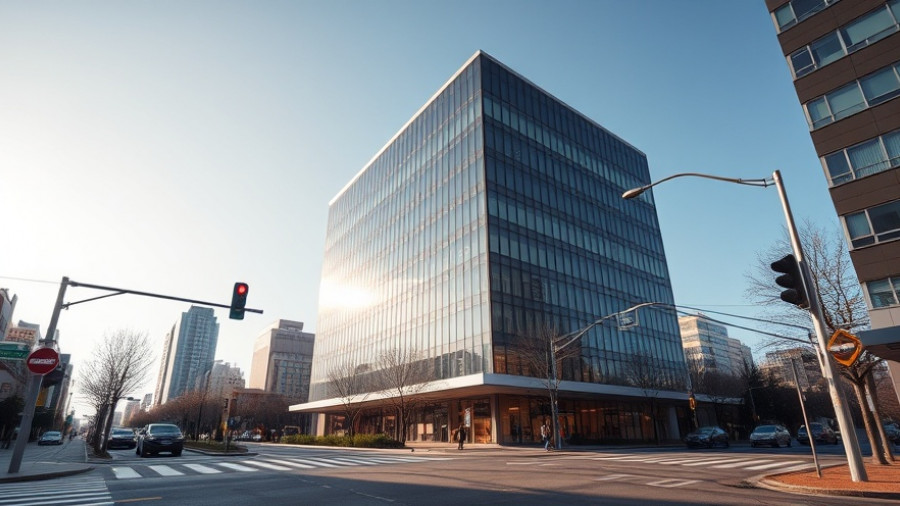
The Union's Stand: An Unprecedented Challenge
The landscape of commercial construction is changing, and it has never been more crucial for construction professionals and stakeholders to remain vigilant. The recent legal maneuvers undertaken by the Government Engineers’ Union signify a pivotal shift in labor relations within this sector. By joining the suit against mass firings that followed a major project shutdown, the union is not just protecting its members; it is challenging the very framework of labor rights in the construction industry.
Understanding the Implications of Mass Firings
When mass firings occur, the implications resonate far beyond the immediate loss of jobs. This unprecedented legal action raises important questions about workforce stability, project efficiency, and the overall financial health of construction companies. As companies navigate the complexities of project management, ensuring a reliable and skilled workforce becomes paramount. The union argues that mass firings not only destabilize this workforce but also contribute to a culture of fear and low morale.
The Intersection of Innovation and Workforce Stability
Innovation in construction, particularly through technology and efficient project management practices, highlights the necessity for a stable workforce. Companies have invested heavily in integrating automation and smart materials to streamline operations and enhance outcomes. However, as we have seen, even advancements in these areas cannot compensate for the disruptions caused by abrupt workforce reductions. If construction stakeholders want to maintain quality outcomes and project efficiency, they must also prioritize workforce security.
A Look at the Future: Workforce Rights and Construction Trends
As this legal battle unfolds, it's essential to consider how the outcomes may influence future construction trends. A win for the union could set a precedent for how mass layoffs are handled in crises. It might spur legislative changes that favor workforce rights, leading to stronger protections and rights for employees in the sector. This emphasizes not only the necessity of skilled labor but also the importance of maintaining ethical labor practices amidst evolving market dynamics.
Conclusion: The Stakes Are High for the Industry
The Government Engineers' Union's decision to challenge the status quo by joining the suit against mass firings reflects a broader struggle for labor rights within the construction industry. Clients, stakeholders, and companies must recognize the interconnectedness of effective project management, workforce stability, and technological innovation. To ensure the best quality outcomes, it's vital to address these labor relations issues proactively and invest in a resilient workforce that can embrace innovations while remaining protected.
 Add Row
Add Row  Add
Add 




Write A Comment